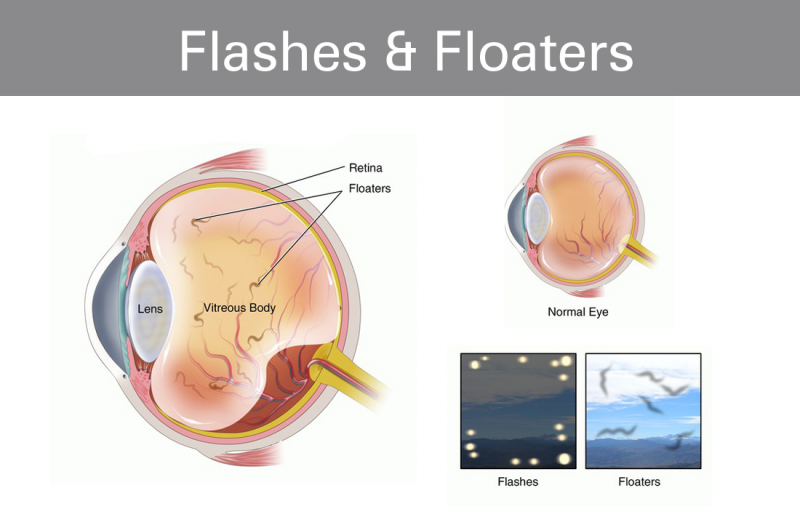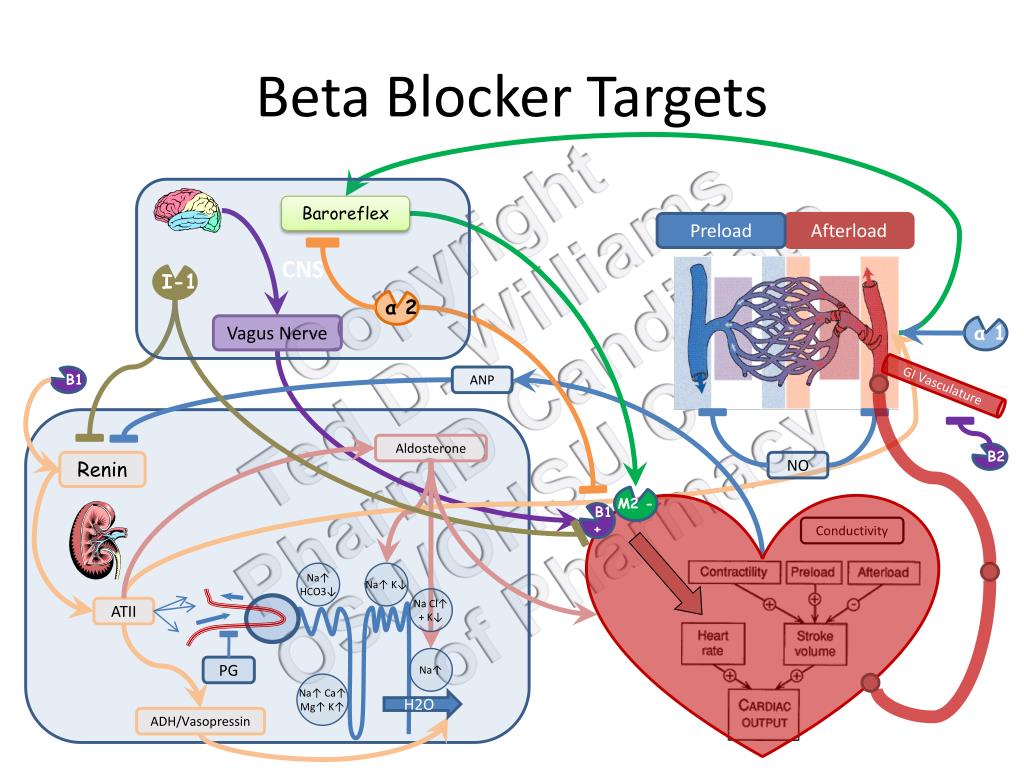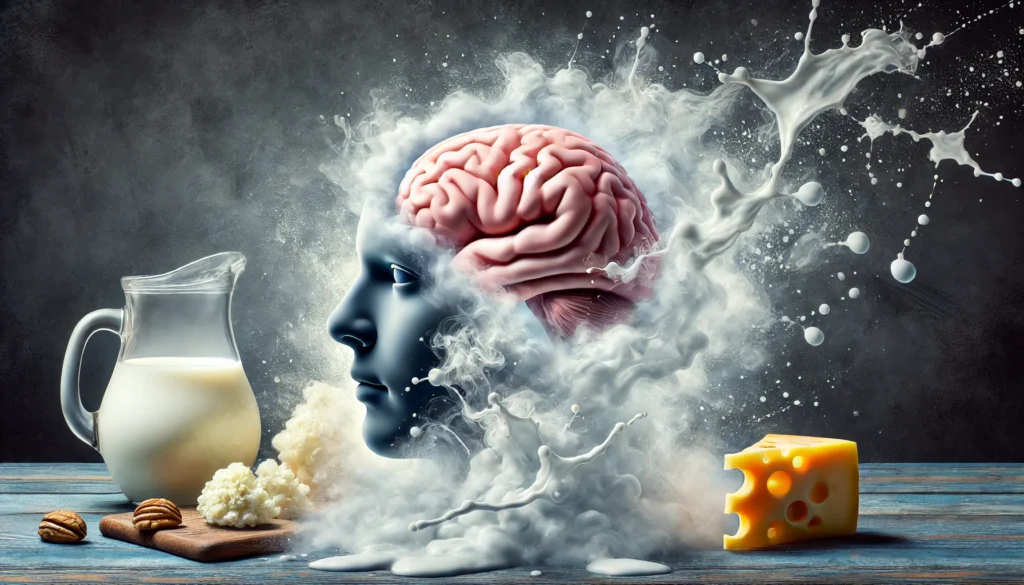Decoding Low Hemoglobin - Unraveling the Mystery Behind Fatigue and Breathing Difficulties

Understanding Low Hemoglobin
Hemoglobin is a vital protein in red blood cells that carries oxygen to different parts of the body. A low hemoglobin count can lead to fatigue, breathing difficulties, and other health issues. But what exactly is considered low hemoglobin, and what are its implications?
Defining Low Hemoglobin
A hemoglobin level below 13.5 grams per deciliter (g/dL) for males and 12 g/dL for females is considered low. However, it's essential to note that slightly low hemoglobin counts can be normal for women with menstrual periods and pregnant women due to increased blood volume and iron deficiency.
Causes of Low Hemoglobin
A low hemoglobin count can be associated with a disease or condition causing fewer red blood cells or dysfunctional red blood cells. Some common causes include:
- Anemia: A condition characterized by a decrease in red blood cells or hemoglobin
- Blood loss: Internal bleeding, surgery, or injury can lead to low hemoglobin
- Nutritional deficiencies: Inadequate iron, vitamin B12, or folate intake
- Chronic diseases: Kidney disease, cancer, and HIV/AIDS can affect hemoglobin levels
It's crucial to consult a healthcare professional if you're experiencing symptoms of low hemoglobin to determine the underlying cause and appropriate treatment.
Causes of Low Hemoglobin
Hemoglobin is a crucial protein in red blood cells that carries oxygen to various parts of the body. Low hemoglobin levels can lead to fatigue, breathing difficulties, and other health issues. But what causes hemoglobin levels to drop? Let's delve into the possible reasons.
Iron Deficiency Anemia
Iron is essential for hemoglobin production. When the body lacks sufficient iron, it can't produce enough hemoglobin, leading to anemia. Iron deficiency anemia is the most common cause of low hemoglobin, especially in women and individuals with inadequate dietary iron intake.
Cancer
Cancer and its treatment can lead to low hemoglobin levels. Some cancers, like leukemia, can affect the bone marrow's ability to produce red blood cells, while others, like colon cancer, can cause internal bleeding, leading to iron deficiency anemia.
Menstrual Periods
Menstruation can cause iron deficiency anemia due to excessive blood loss. Women with heavy or prolonged menstrual periods are at risk of developing low hemoglobin levels if they don't consume enough iron-rich foods or supplements.
Pregnancy
Pregnancy increases the demand for iron and other essential nutrients. If the expectant mother doesn't consume enough iron-rich foods or prenatal vitamins, she may develop iron deficiency anemia, leading to low hemoglobin levels.
Dietary Deficiencies
A diet lacking essential nutrients like iron, vitamin B12, and folate can lead to low hemoglobin levels. Vegetarians and vegans are at risk if they don't consume enough plant-based sources of these nutrients.
Symptoms of Low Hemoglobin
Hemoglobin is a crucial protein in our red blood cells that carries oxygen to different parts of our body. When our hemoglobin levels drop, our body's oxygen supply is disrupted, leading to various symptoms. Let's dive into the common signs of low hemoglobin:
Fatigue: The Unrelenting Exhaustion
One of the most common symptoms of low hemoglobin is persistent fatigue. With less oxygen reaching our cells, our body's energy levels plummet, making even simple tasks feel like climbing a mountain.
Trouble Breathing: The Struggle for Oxygen
Low hemoglobin levels can lead to difficulty breathing, even when we're sitting still or engaging in light physical activity. This shortness of breath is a distressing symptom that can be frightening and disruptive to daily life.
Headaches: The Painful Warning Sign
Headaches can be a debilitating symptom of low hemoglobin. The lack of oxygen delivery to our brain tissues can trigger pounding headaches, making it challenging to focus and perform daily tasks.
Fast Heartbeat: The Racing Pulse
When our body detects low hemoglobin levels, it tries to compensate by increasing blood flow. This can lead to a rapid heartbeat, even when we're at rest. This racing pulse can be unsettling and may warrant medical attention.
Pale Skin: The Visible Sign
One of the most noticeable symptoms of low hemoglobin is pale skin. With less oxygen being carried to our skin cells, our complexion can appear washed out, pale, and even translucent.
Boosting Hemoglobin Levels
Low hemoglobin levels can significantly impact an individual's quality of life, causing fatigue, breathing difficulties, and other health issues. Fortunately, there are several ways to boost hemoglobin levels naturally. In this section, we will explore the most effective methods to increase hemoglobin production in the body.
Dietary Measures
A well-balanced diet plays a crucial role in maintaining healthy hemoglobin levels. Eating foods rich in iron, vitamin C, and other essential nutrients can help stimulate hemoglobin production. Some dietary measures to boost hemoglobin levels include:
- Eating iron-rich foods, such as red meat, poultry, fish, and legumes
- Including vitamin C-rich foods, like citrus fruits, bell peppers, and tomatoes, to enhance iron absorption
- Consuming folate-rich foods, such as leafy greens, beans, and fortified cereals
- Drinking plenty of water to stay hydrated and support healthy red blood cell production
Supplements
In some cases, dietary measures alone may not be sufficient to boost hemoglobin levels. Supplements can help bridge the nutritional gap and support healthy hemoglobin production. Some essential supplements include:
- Iron supplements, available in various forms like ferrous sulfate, ferrous gluconate, and iron citrate
- Vitamin C supplements to enhance iron absorption and support immune function
- Folic acid supplements to prevent folate deficiency and support red blood cell production
Iron-Rich Foods
Iron is an essential nutrient for hemoglobin production. Including iron-rich foods in your diet can help boost hemoglobin levels. Some of the richest sources of iron include:
- Red meat, like beef, lamb, and pork
- Poultry, such as chicken and turkey
- Fish, like tuna, sardines, and anchovies
- Legumes, including lentils, chickpeas, and black beans
- Leafy greens, like spinach, kale, and collard greens
Vitamin C-Rich Foods
Vitamin C plays a vital role in enhancing iron absorption and supporting immune function. Including vitamin C-rich foods in your diet can help boost hemoglobin levels. Some of the richest sources of vitamin C include:
- Citrus fruits, like oranges, lemons, and grapefruits
- Strawberries, kiwis, and pineapples
- Bell peppers, tomatoes, and cruciferous vegetables
- Leafy greens, like spinach, kale, and broccoli
Treatment Options for Low Hemoglobin
Low hemoglobin levels can be effectively managed with a combination of lifestyle modifications, dietary changes, and medical interventions. The primary objective of treatment is to address the underlying cause, alleviate symptoms, and restore optimal hemoglobin levels.
Iron Supplements
Iron supplements are commonly prescribed to treat iron-deficiency anemia, a leading cause of low hemoglobin. These supplements help replenish iron stores, promoting healthy red blood cell production. It's essential to follow the recommended dosage and monitor progress under medical supervision.
Vitamin Supplements
In addition to iron, vitamin deficiencies like vitamin B12 and folate can contribute to low hemoglobin. Supplementing with these essential vitamins can help address deficiencies and support healthy red blood cell production.
Dietary Changes
A well-balanced diet plays a crucial role in maintaining healthy hemoglobin levels. Increasing consumption of iron-rich foods like spinach, beans, and fortified cereals, as well as vitamin C-rich foods like citrus fruits and bell peppers, can enhance iron absorption.
Medical Treatment for Underlying Conditions
In cases where low hemoglobin is a symptom of an underlying medical condition, such as chronic kidney disease or rheumatoid arthritis, treating the underlying condition is essential. Medical interventions may include medications, lifestyle modifications, or other treatments as recommended by a healthcare professional.
Conclusion
Low hemoglobin levels can have a significant impact on an individual's quality of life, causing fatigue, breathing difficulties, and a range of other symptoms. However, with proper treatment and dietary changes, it is possible to manage low hemoglobin levels and alleviate these symptoms.
Effective Management of Low Hemoglobin
Understanding the causes and symptoms of low hemoglobin is crucial for effective management. By identifying the underlying cause of low hemoglobin, individuals can take steps to address the root issue and develop a personalized treatment plan. This may involve dietary changes, such as increasing iron intake, or medical treatment, such as iron supplements or address underlying chronic diseases.
A Comprehensive Approach
A comprehensive approach to managing low hemoglobin involves a combination of medical treatment, dietary changes, and lifestyle modifications. By working with a healthcare provider and making informed choices, individuals can effectively manage low hemoglobin levels and improve their overall health and wellbeing.
Empowering Individuals
By understanding the causes and symptoms of low hemoglobin and taking proactive steps to manage the condition, individuals can empower themselves to take control of their health. With the right treatment and support, it is possible to alleviate the symptoms of low hemoglobin and improve quality of life.














Comments ()